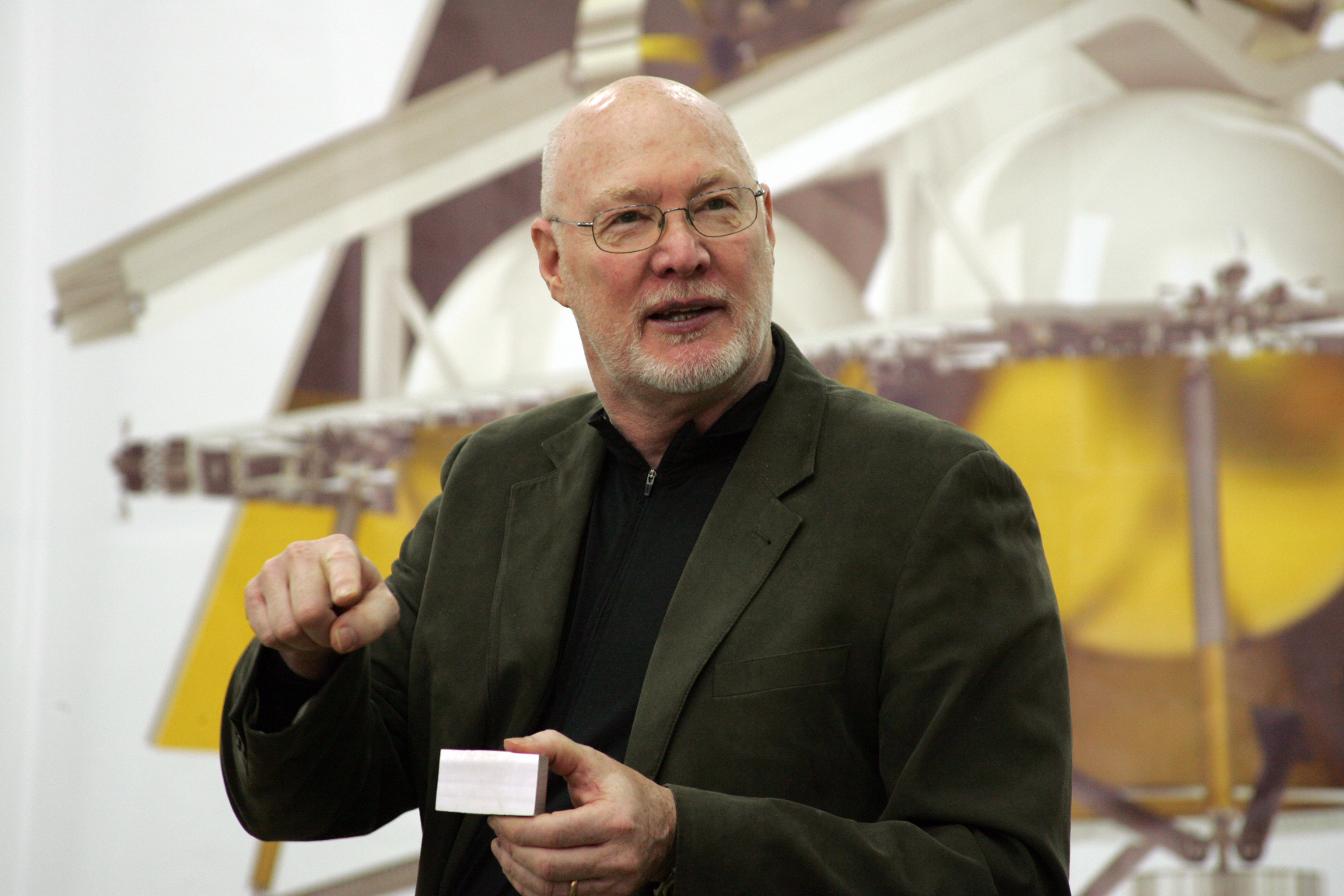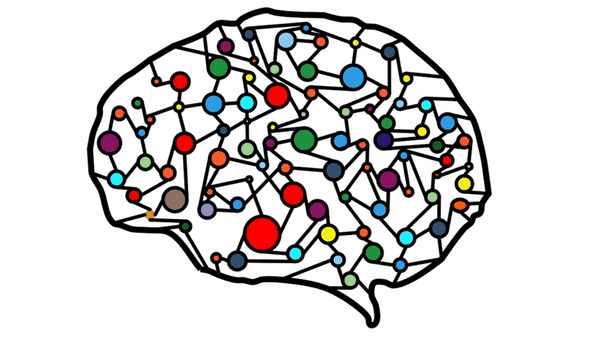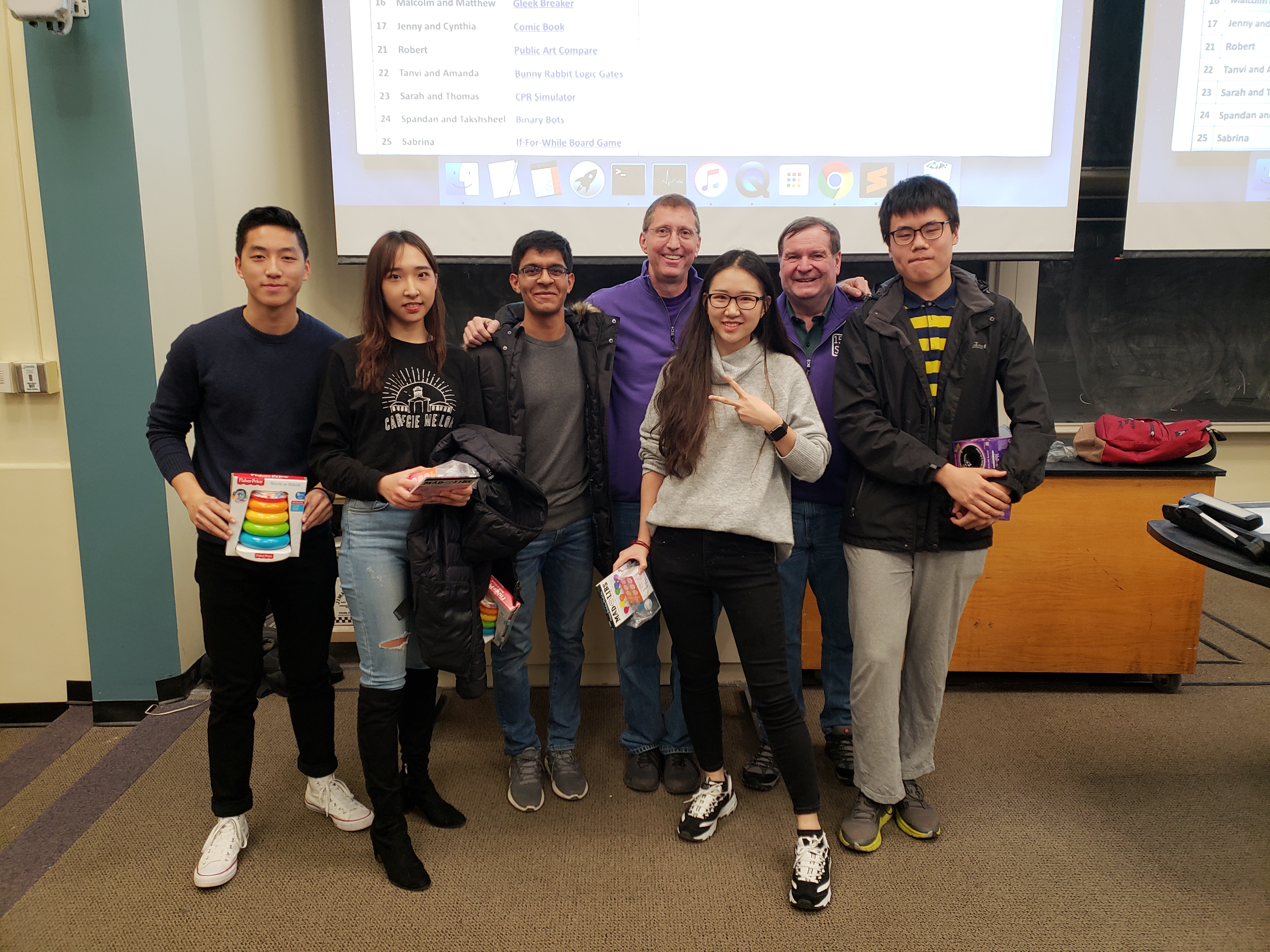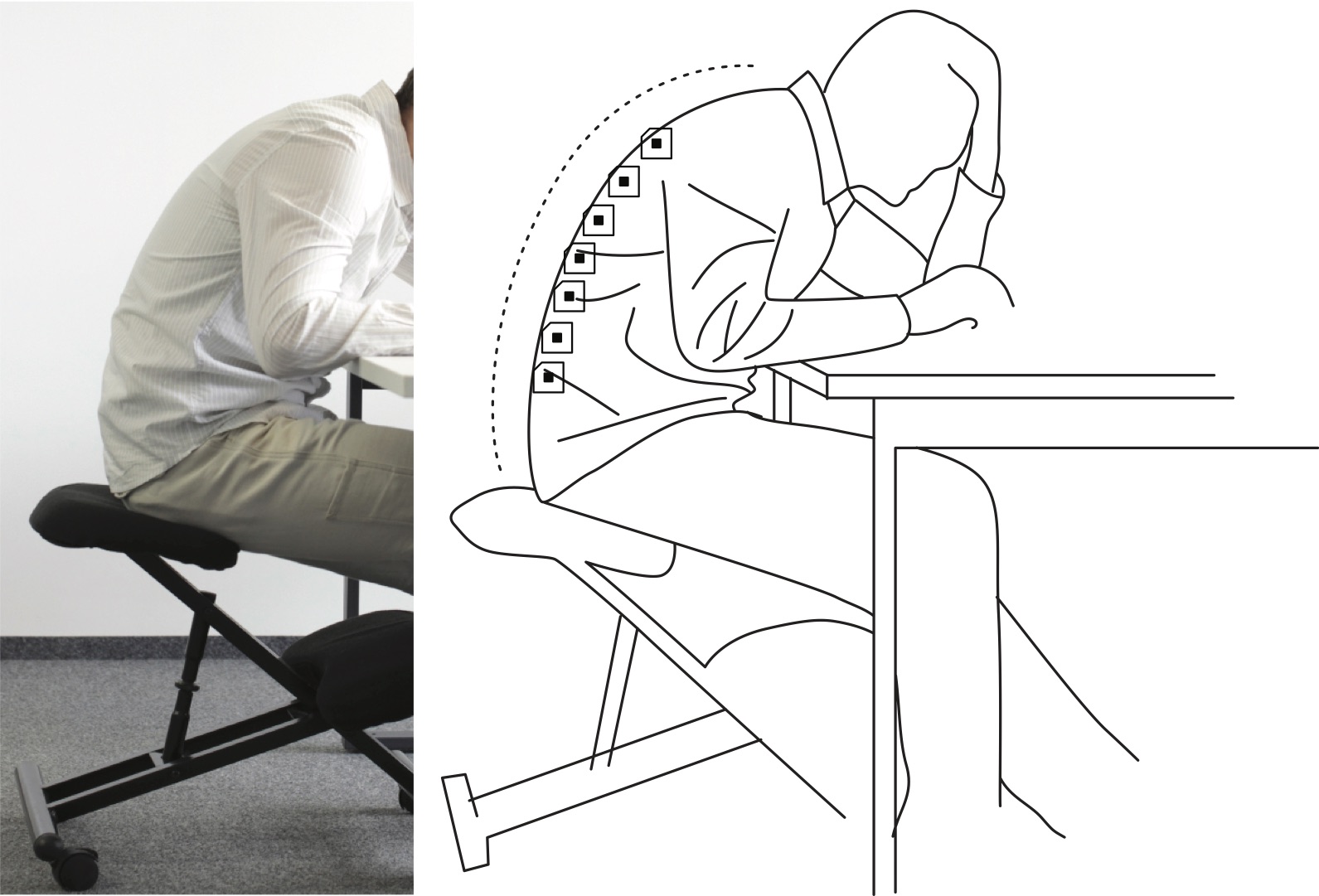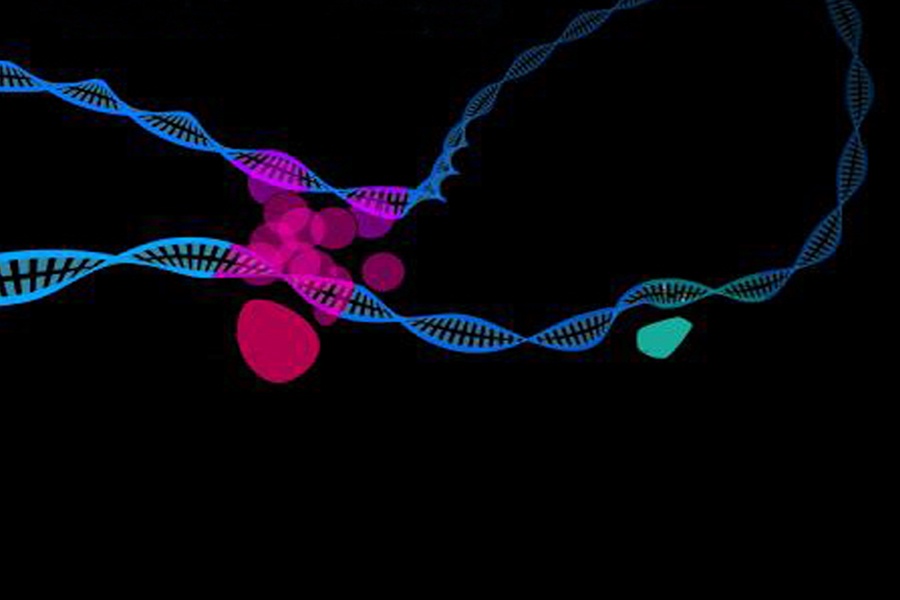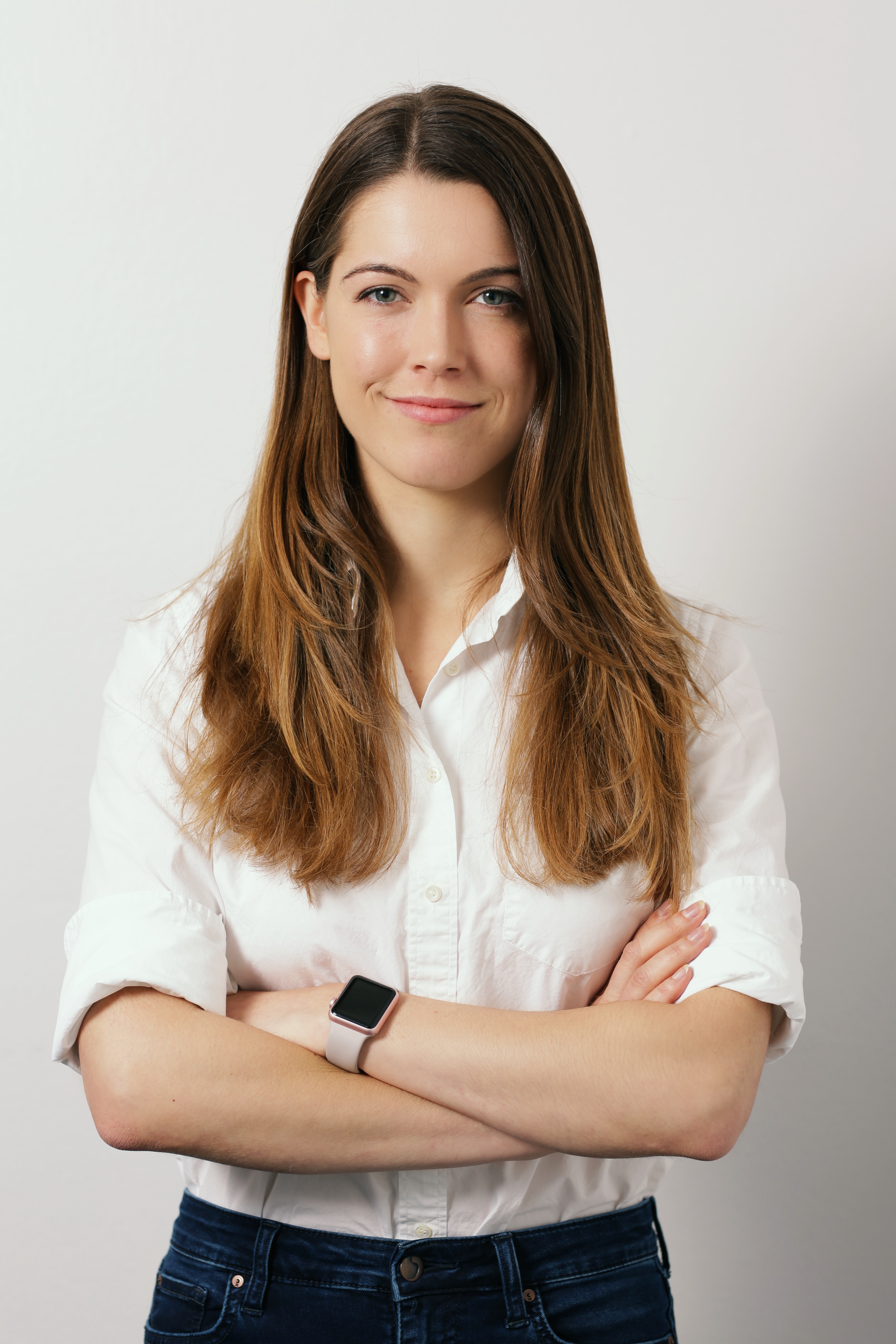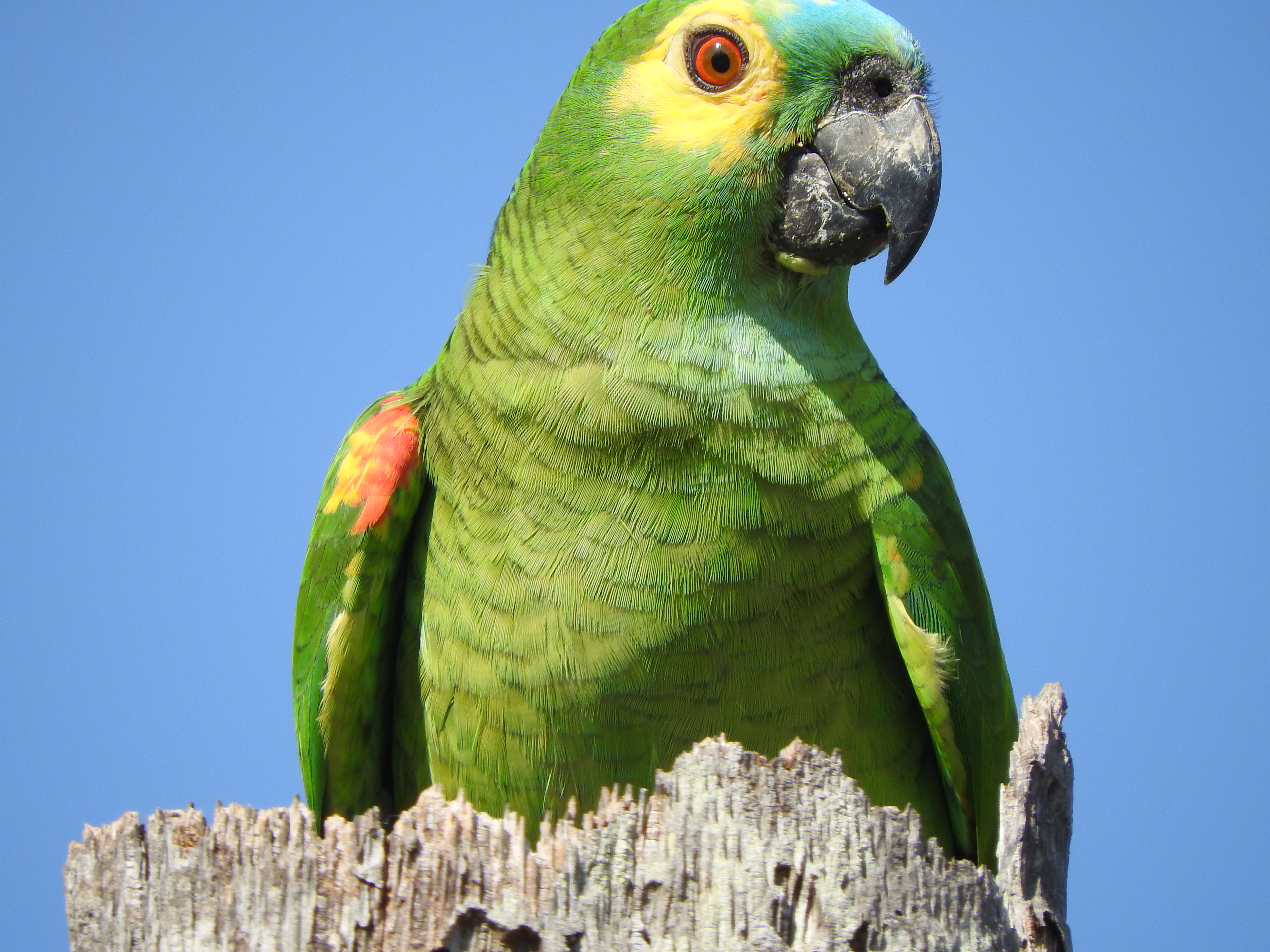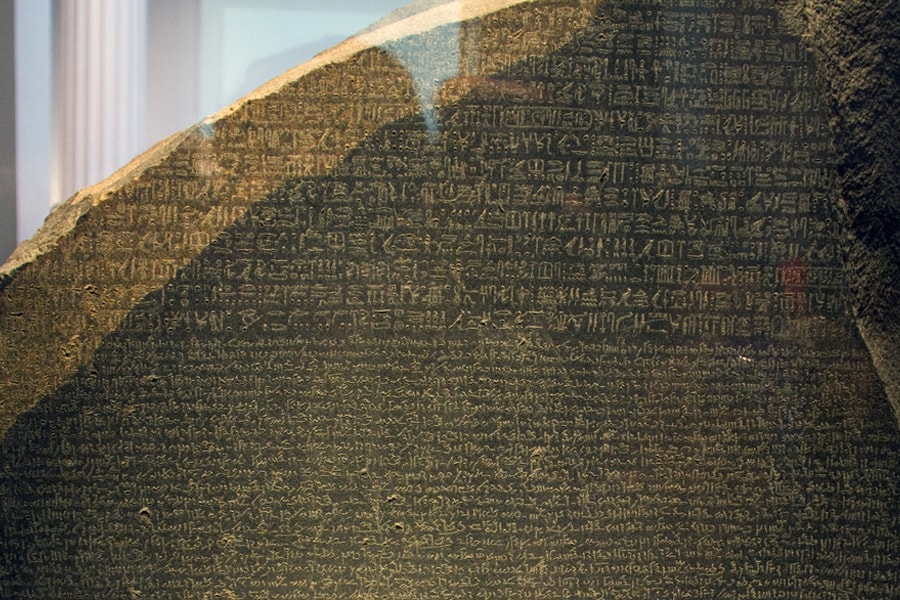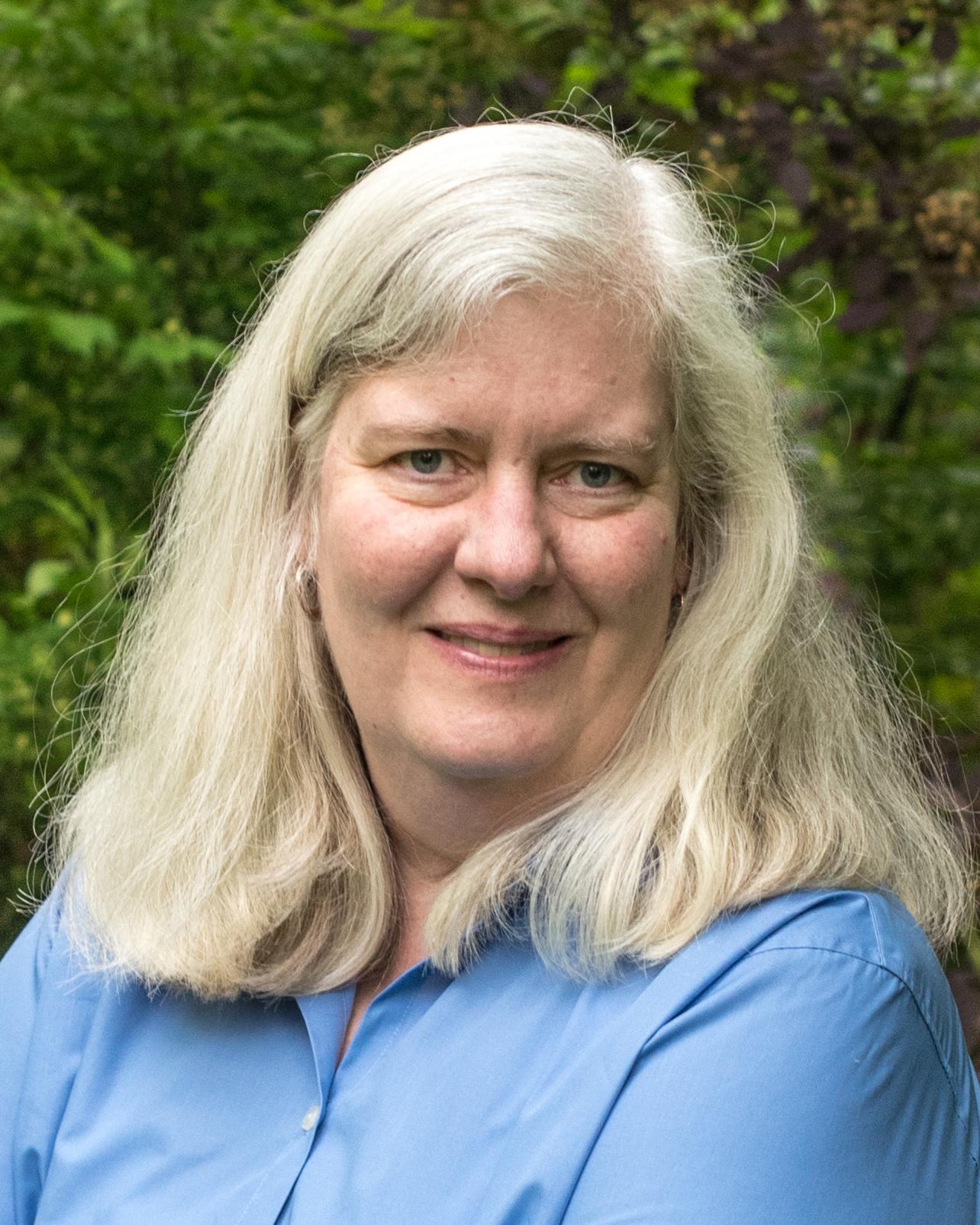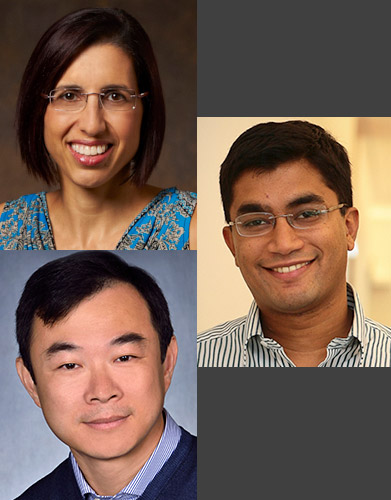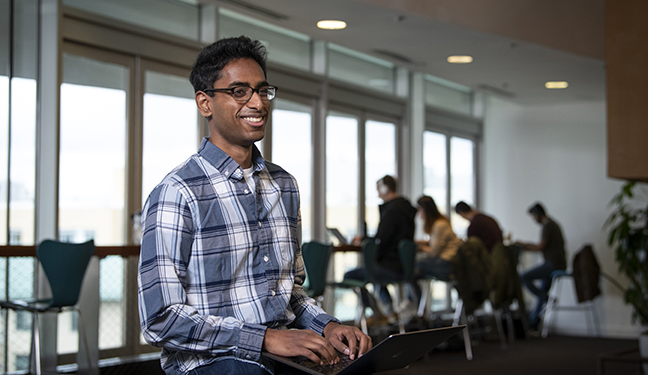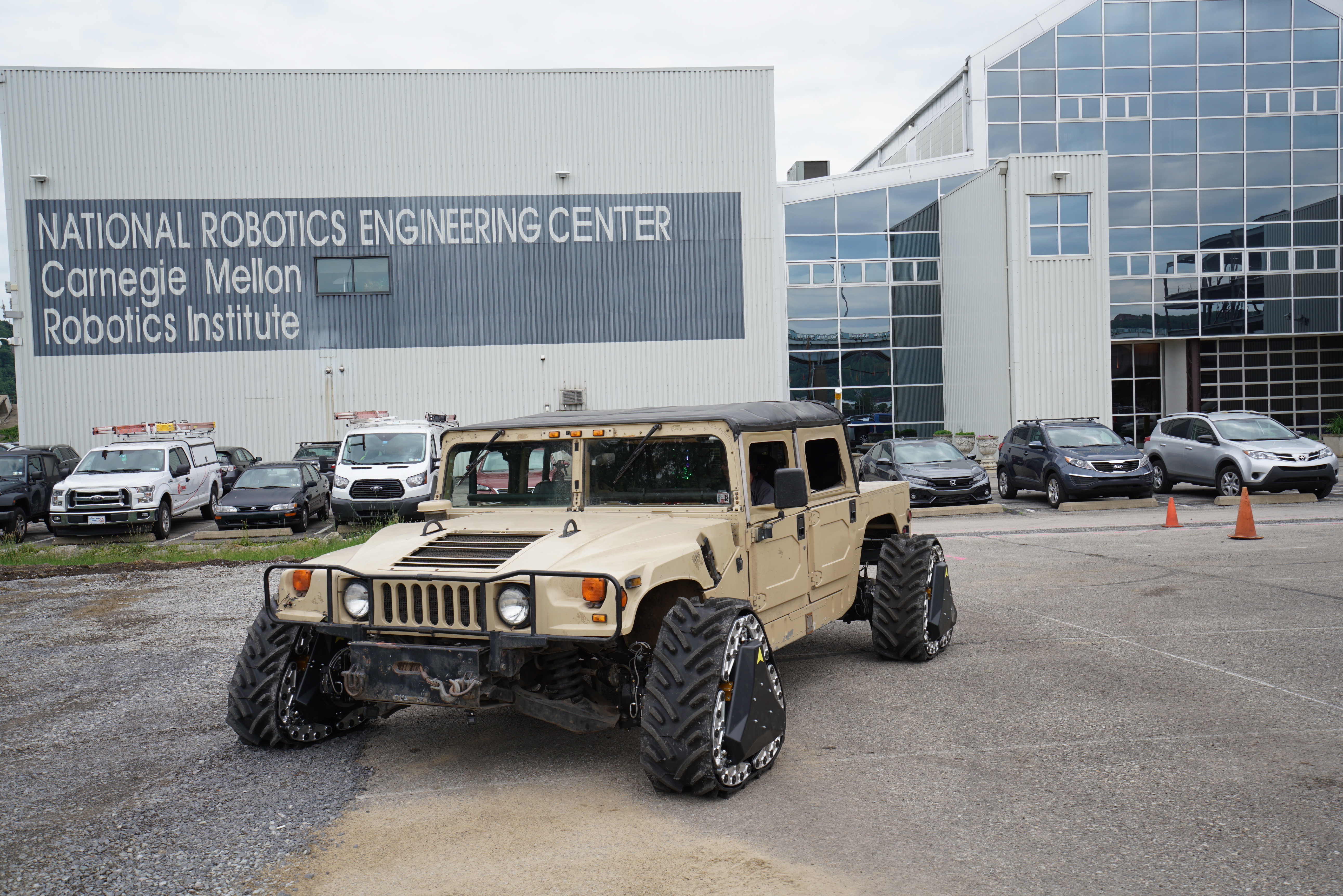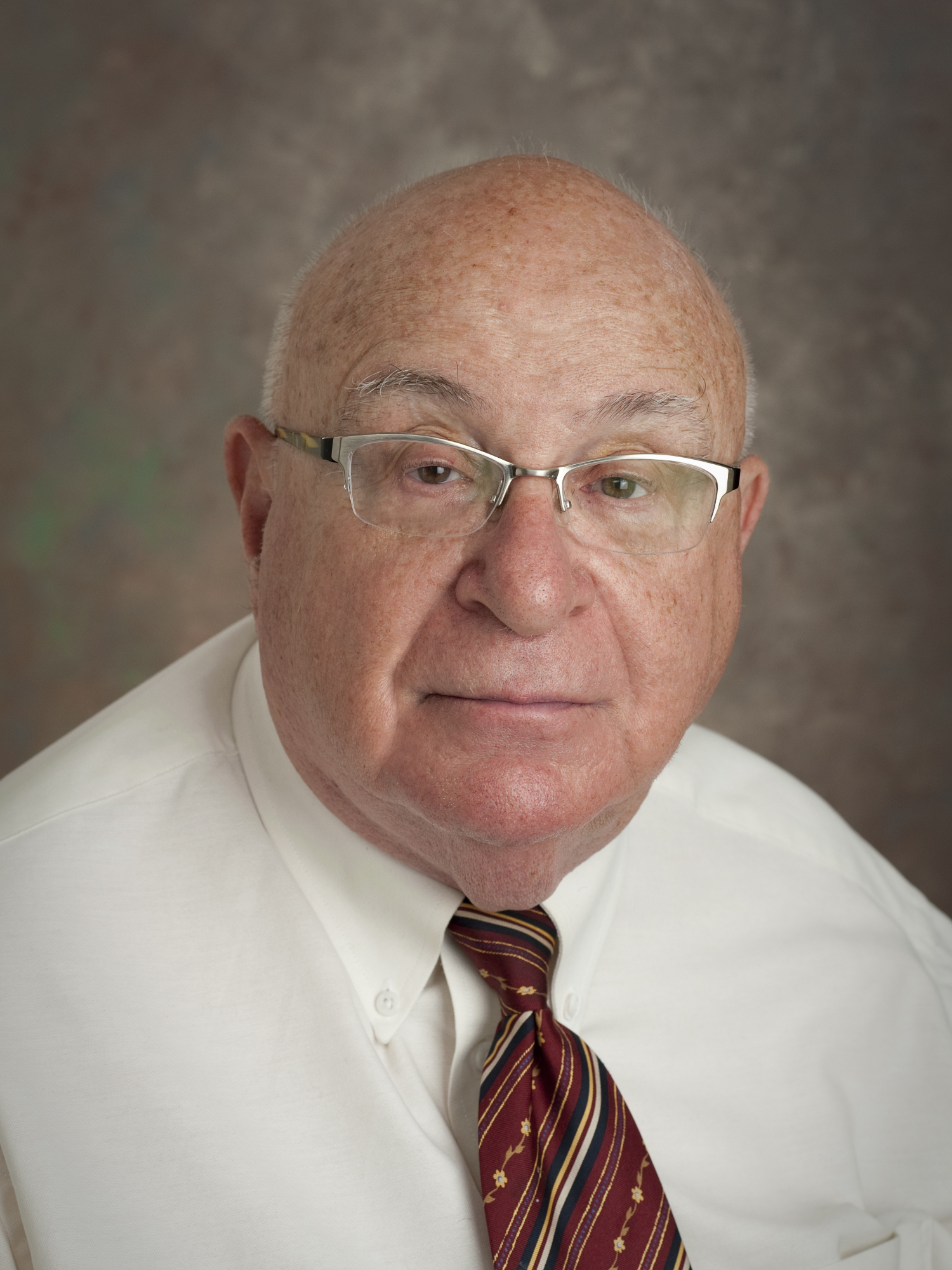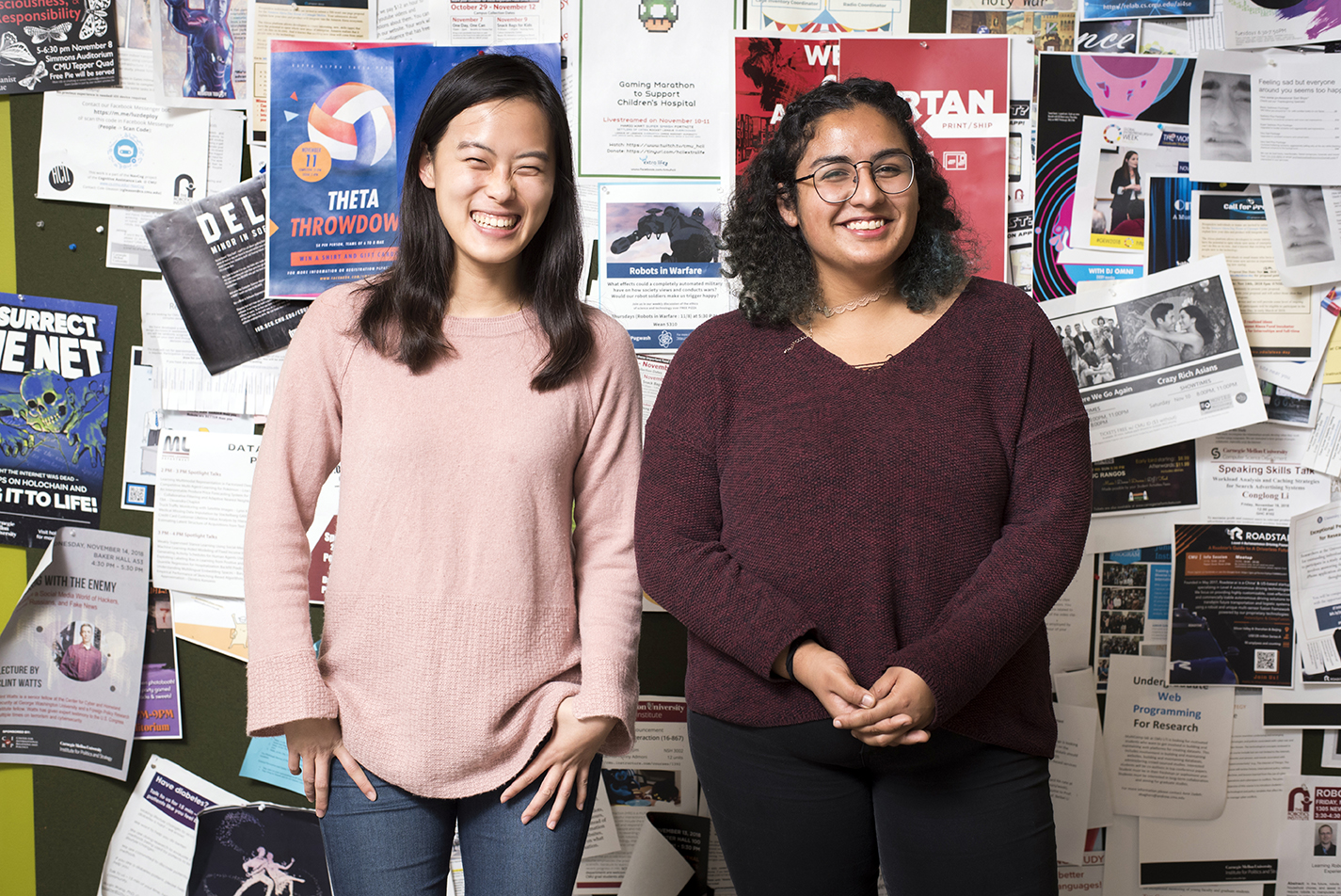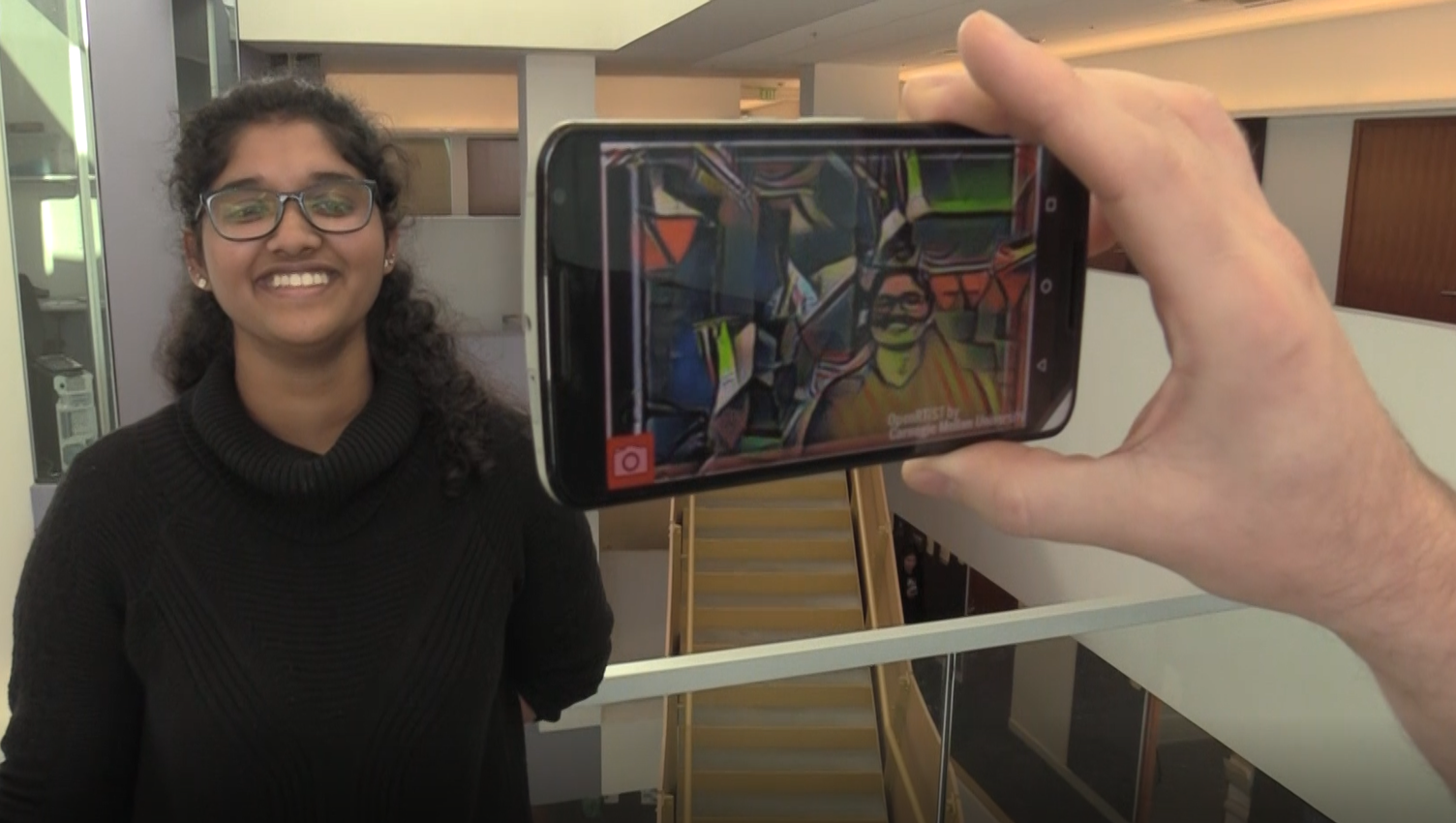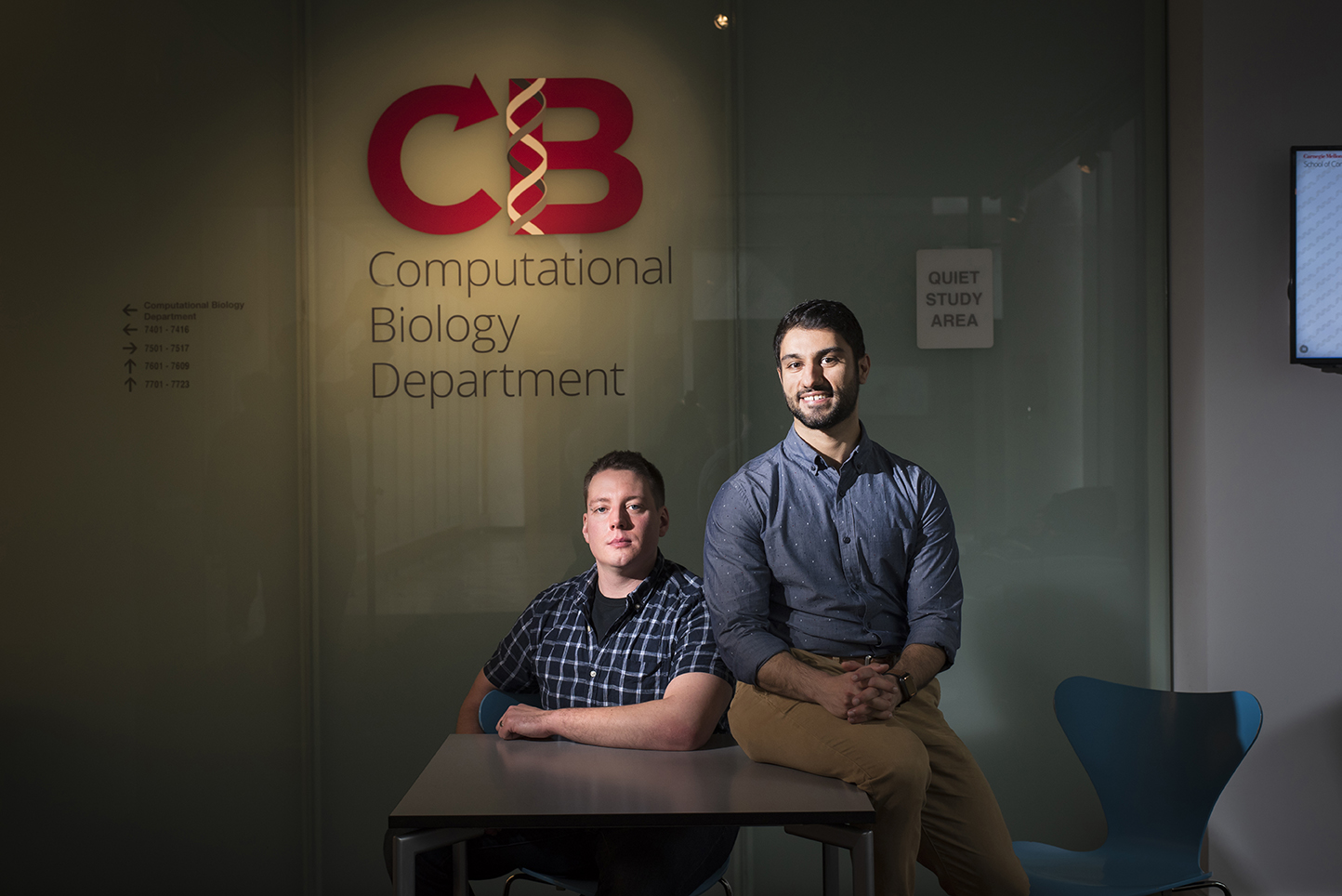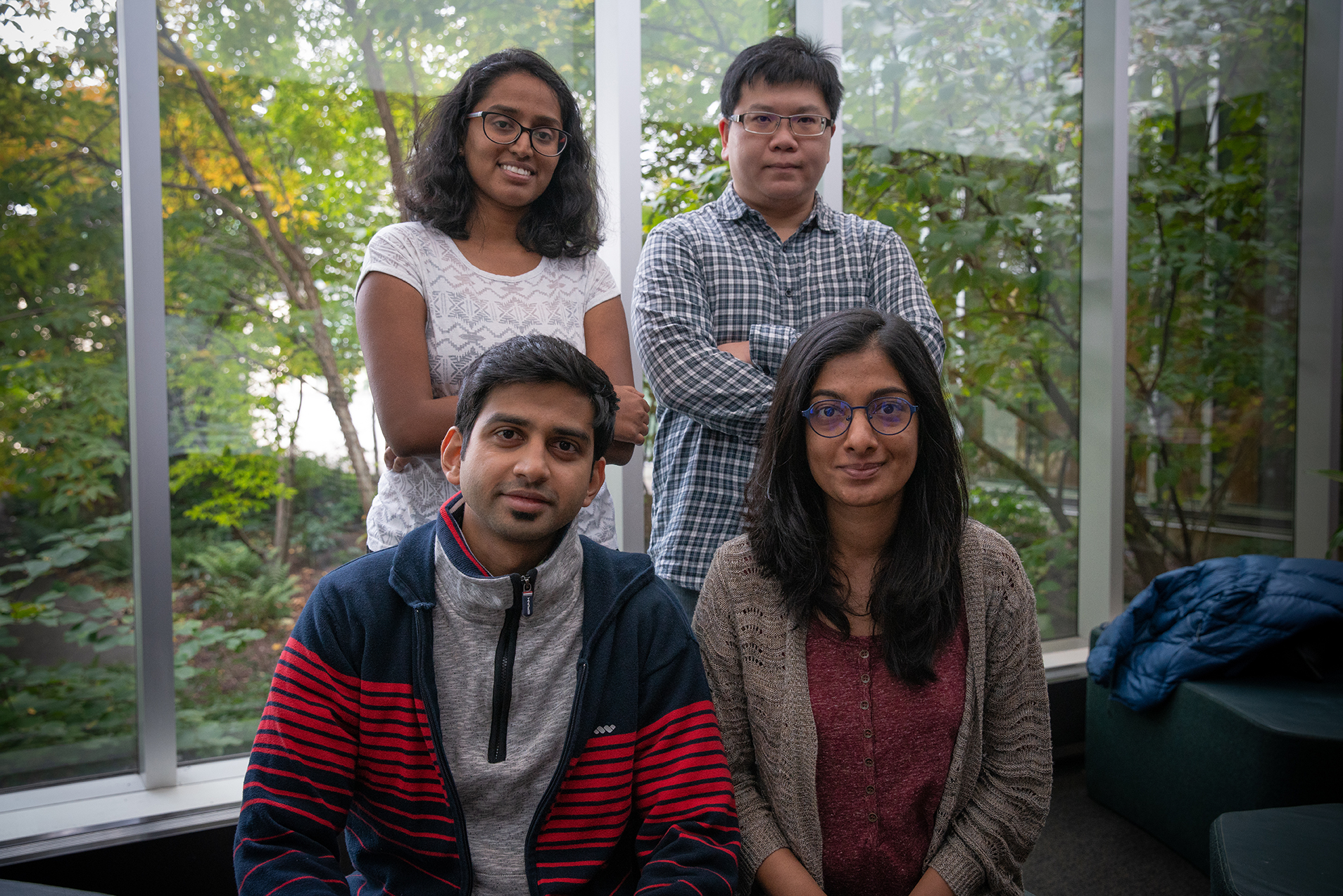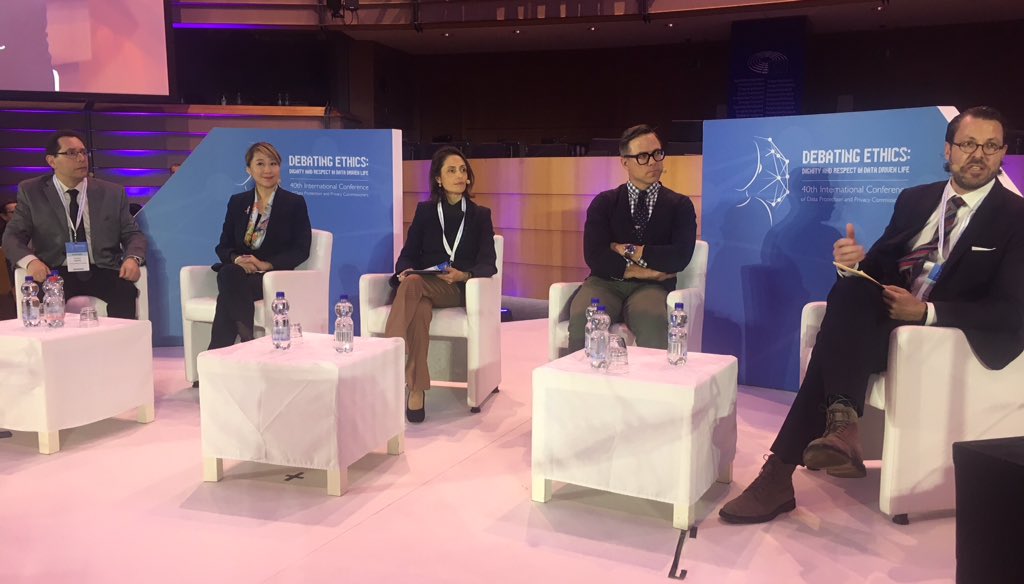Whittaker Named Among Top Pittsburghers of All Time
Pittsburgh magazine has named William "Red" Whittaker, the Fredkin University Professor of Robotics, as one of "The 50 Greatest Pittsburghers of All Time," putting him in the company of Andrew Carnegie, Rachel Carson, Jonas Salk, Fred Rogers and Chuck Noll. For the magazine's January 2019 issue, editors selected the 50 men and women from more than 200 years of Pittsburgh history, based on their contributions in fields ranging from sports to technology and on how they put the national spotlight on Pittsburgh. The issue coincides with the magazine's 50th year of publishing. Considered the father of field robotics, Whittaker's contributions propelled robots from research curiosities mostly found bolted to factory floors or relegated to laboratories to mobile, autonomous units capable of working outdoors in harsh and challenging environments. Field robotics incorporates innovations in controls, sensing, propulsion, suspension, communications and navigation to enable devices that can operate autonomously in changing and uncertain environments. After the nuclear reactor meltdown at Three Mile Island near Harrisburg, Pa., in 1979, Whittaker and his team developed robots to inspect the damaged reactor's basement and perform repairs. This work led to the formation of Carnegie Mellon's Field Robotics Center, which he continues to direct. His other innovations include Dante II, a walking robot that explored an active volcano; Nomad, which searched for meteorites in Antarctica; and Tugbot, which surveyed an 1,800-acre area of Nevada for buried hazards. He led the Tartan Racing team and its Boss self-driving vehicle to victory in the $2 million Defense Advanced Research Projects Agency Urban Challenge in 2007, creating the template for today's burgeoning autonomous vehicle industry. He also founded Astrobotic, a Pittsburgh company that plans to deliver payloads to the moon's surface. Another Pittsburgh company, RedZone Robotics, is using robots to revolutionize the inspection of sewer lines.

